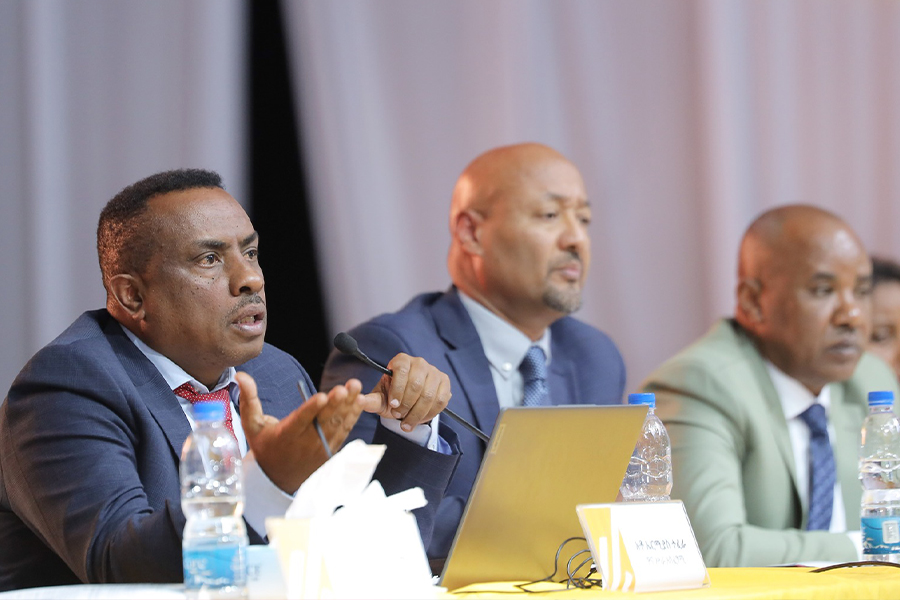
Cooperative Bank of Oromia (Coop Bank) finished a demanding year in 2023/24, holding on to moderate profitability and widening its presence, manifestations of the Bank's strengths and recent struggles. Around 30pc of its branches in Oromia and Amhara regional states operated below capacity due to security and economic difficulties, yet shareholders appeared to understand the external constraints.
Management attributed the decline to sluggish income growth that failed to keep up with overall expenses, though total revenue still reached 19.03 billion Br, a 7.5pc rise over the previous period. Interest income climbed by 15pc to 14.6 billion Br, but revenue from Murabaha financing slid by 17.9pc to 1.24 billion Br, signs of tougher competition in Sharia-compliant banking. Fees and commissions fell by 8.2pc to 1.78 billion Br, while foreign exchange gains dropped 21.2pc to 1.49 billion Br. (258.35 million dollars), revealing broad strains on export receipts and remittances that have strained every bank’s foreign currency business.
Private lenders see parallel headwinds, but Coop Bank’s reliance on a smaller slice of forex operations reinforces the need to diversify revenue sources or enhance trade finance. Yet, foreign exchange losses dropped by 35.2pc to 1.27 billion Br, softening the impact of reduced income.
According to Coop Bank's President, Deribie Asfaw, despite multiple setbacks, it was a relief not to suffer losses in a period when costs soared and some revenue streams faltered.
“It’s good that we haven’t incurred a loss,” he told Fortune.
However, after tax, Coop Bank's profit sank by 38pc to 1.62 billion Br, cutting earnings per share (EPS) to 15 Br, down by half from the previous year. Analysts such as London-based Abdulmenan Mohammed (PhD) warned that the steady profit drop over several years should be taken seriously.
Close inspection shows interest on fixed-time deposits soared by 89.3pc to 1.87 billion Br, although these deposits increased by almost 20pc, a result of the Bank's higher rate offerings.
“The massive expansion of interest expense ought to have been due to increased rates offered to time deposits,” said Abdulmenan.
Net interest expenses account for 32.81pc of outlays, which is a slight cushion compared with the 41pc or more seen elsewhere. Still, Abdulmenan cautioned that if lending stagnates, that advantage could fade.
Provisions for loan impairments dropped 40pc to 582.84 million Br, though Deribie said the expense remains substantial. Total expenses jumped by 15.35pc to 16.52 billion Br, with interest costs alone surging by 34.9pc to 5.42 billion Br despite limited deposit growth.
Coop Bank’s fourth president since its incorporation in 2005, Deribie focused heavily on digital expansion as a new frontier for deposit mobilisation, convinced it would restore momentum. Indeed, Coop Bank’s digital transformation stood out, headlined by Coopay and Michu 2.0, which have expanded transaction volumes and polished its public image.
Deribie, who spent part of his career at the state-owned Commercial Bank of Ethiopia (CBE), rising to vice president before joining Coop Bank in 2016, believes Coop Bank made a concerted effort to enhance convenience by expanding both physical branches and digital touchpoints, culminating in 758 locations. The Bank boasts millions of Coopay-Ebirr users and agents who handled 489.5 million transactions worth 1.36 trillion Br over the year. It launched Dx Valley 2.0, an incubation centre designed to nurture startup ideas and develop advanced digital systems. It upgraded its Michu 2.0 digital lending platform, which disbursed 4.3 billion Br in loans to more than 112,000 accounts.
The focus on digital solutions positioned Coop Bank to benefit from an evolving payment culture, though it also exposed the Bank to cybersecurity threats that have grown system-wide. Management says it invests in security measures, mindful that criminal actors probe for loopholes in digital platforms.
Although competition in digital products is fierce, Deribie urged collaboration with other banks, believing they can share a larger pie together. He expects further growth from shifting to a paperless system incorporating online credit processing and automated back-office operations. According to Deribie, these changes have replaced inefficiencies with technology-driven progress.
“We’re on recovery,” he told Fortune.
Despite its technological ambitions, Coop Bank's total assets dipped by 0.5pc to 139.7 billion Br, an unusual move in the banking industry, known for continual expansion. Its paid-up capital rose by 11.6pc to 11.2 billion Br, not only raising its capital adequacy ratio from 12.5pc to 14.6pc. It also puts Coop Bank ahead of the average 9.25 billion Br capital among the country’s 32 banks.
Abinet Tarekegn is the general manager of the Oromia Agricultural Cooperative Federation, commanding a membership of over three million and with a large share in Coop Bank. He attributed trimmed dividends last year to liquidity constraints. Still, he believed the Bank’s technological focus could strengthen rural outreach. He remains optimistic that Coop Bank’s broadened digital offerings will boost confidence among grassroots communities.
“We’re hopeful,” he told Fortune.
At the shareholders’ meeting in Adama (Nazareth), executives pitched a strategy to improve results by enhancing digital services, widening rural financial inclusion, and capitalising on eco-friendly initiatives such as renewable energy and green financing.
“Shareholders’ understanding was beyond our expectations,” Deribie told Fortune, recognising that local security concerns and a broader economic slowdown impacted profitability.
The Bank wants to maintain its position in Murabaha financing and fortify the digital ecosystem to improve efficiency and customer satisfaction.
Coop Bank opened an interim headquarters on Africa Avenue (Bole Road) and obtained lease rights to a 47,816sqm plot near Filwuha and Friendship Park. Board Chairperson Fikru Deksisa (PhD) disclosed plans for a major building underway, with a separate Financial District Tower project in progress, with the final schematic design approved and the tender for launching construction works issued.
However, financial investments dropped by 16.2pc to 7.93 billion Br, even as Coop Bank’s liquidity levels rose. Cash and bank balances climbed by 9.8pc to 17.29 billion Br, raising the ratio of these balances to total assets from 11.2pc to 12.4pc. The reduced asset partly came from a 3.7pc fall in loans, advances, and interest-free financing to 96 billion Br. Deposits edged up by 0.8pc to 117.15 billion Br, lowering the loan-to-deposit ratio from 85.7pc to 83pc.
However, Coop Bank remained active in lending without overextending. Analysts disagree on whether the Bank’s prudence will shield it from defaults in a turbulent market or restrict its growth if conditions stabilise and competitors get bolder in seeking profitable borrowers.
Other private lenders have been growing their loan-to-deposit ratios and total assets, but Coop Bank has attained some impressive milestones in deposit mobilisation, a bigger customer base, and digital advancement. Nevertheless, its net profit margin on total assets was 1.80pc, below the 2.4pc reported by several private banks. That gap uncovered a missed opportunity to translate Coop Bank’s 139.69 billion Br in assets into profits at levels more in line with peers that sometimes reach margins above 2.6pc.
Coop Bank’s capital-to-asset ratio, at 7.99pc, remains below the industry’s average of 13.5pc, signalling a greater reliance on liabilities to propel growth. An asset-to-equity ratio of 12.51, well above the industry's recent average of about 7.8, proved heavier leverage. Analysts like Abdulmenan saw this as risky, while others say the Bank’s willingness to deploy capital aggressively might yield rewards if it can allocate resources effectively.
Deposit mobilisation remains a Coop Bank's strength. Each of its 758 branches commands an average of 154.54 million Br in deposits, placing it between the average of 79.8 million Br seen at private banks in 2022 and the more recent system-wide figure of nearly 200 million Br a branch. The Bank introduced 20 new branches in the last fiscal year, with about three-quarters located in rural and semi-urban areas.
Managing the branch of Finfine on Africa Avenue, Meseret Haile saw solid performance in areas such as real-time gross settlement and cash availability. While most shareholders are cooperatives and farmers’ unions, her branch also caters to corporate and retail clients in an upscale part of Addis Abeba.
“The year with economic constraints was challenging for exporters,” she told Fortune.
This prompted her to focus on small and medium enterprises and retail lending, especially through digital products like Michu and Dx Valley.
More than 15 million accounts proved Coop Bank’s penetration in rural and semi-urban areas, where private banks have historically been less active. Yet, over 60pc of its deposits are held in savings accounts, raising the risk of swift withdrawals if economic sentiment sours.
Interest income currently accounts for 45.41pc of Coop’s total revenue, trailing the 65pc to 73pc range that many private banks earn from lending. According to the financial analyst, Coop Bank might want to sharpen its credit strategies or expand fee-based products to drive revenue. Its loan portfolio decreased by 2.46pc to 99.40 billion Br, mirroring a cautious approach that also showed up in private banks, albeit less dramatically.
Wages, benefits and other operating expenses went up by 21pc to 8.92 billion Br, eroding gains from other areas. Costs tied to branches, salaries, and inflation are pressing down on margins. Industry-wide, these expenses have grown alongside expansion, and Coop Bank was no exception, though its wages, benefits and administrative costs make up 37.77pc of total expenses, slightly below the 41pc to 45pc many private banks report.
Executives, shareholders, and analysts seem to concur that the path forward depends on tighter cost control, more efficient revenue generation, and continued innovation in the digital realm, all while contending with the volatile undercurrents of the broader economy.
PUBLISHED ON
Jan 19,2025 [ VOL
25 , NO
1290]
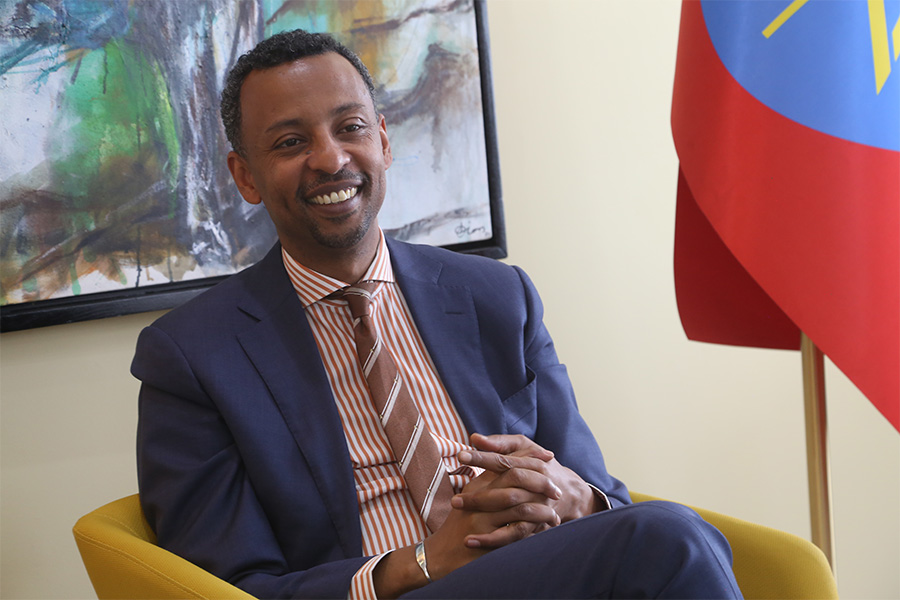
Dec 22 , 2024 . By TIZITA SHEWAFERAW
Charged with transforming colossal state-owned enterprises into modern and competitiv...

Aug 18 , 2024 . By AKSAH ITALO
Although predictable Yonas Zerihun's job in the ride-hailing service is not immune to...

Jul 28 , 2024 . By TIZITA SHEWAFERAW
Unhabitual, perhaps too many, Samuel Gebreyohannes, 38, used to occasionally enjoy a couple of beers at breakfast. However, he recently swit...
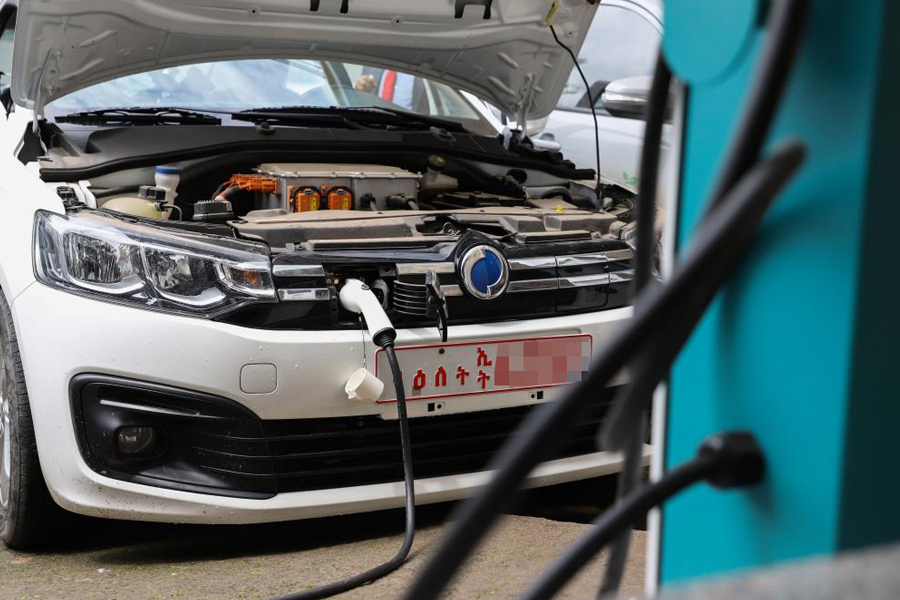
Jul 13 , 2024 . By AKSAH ITALO
Investors who rely on tractors, trucks, and field vehicles for commuting, transporting commodities, and f...
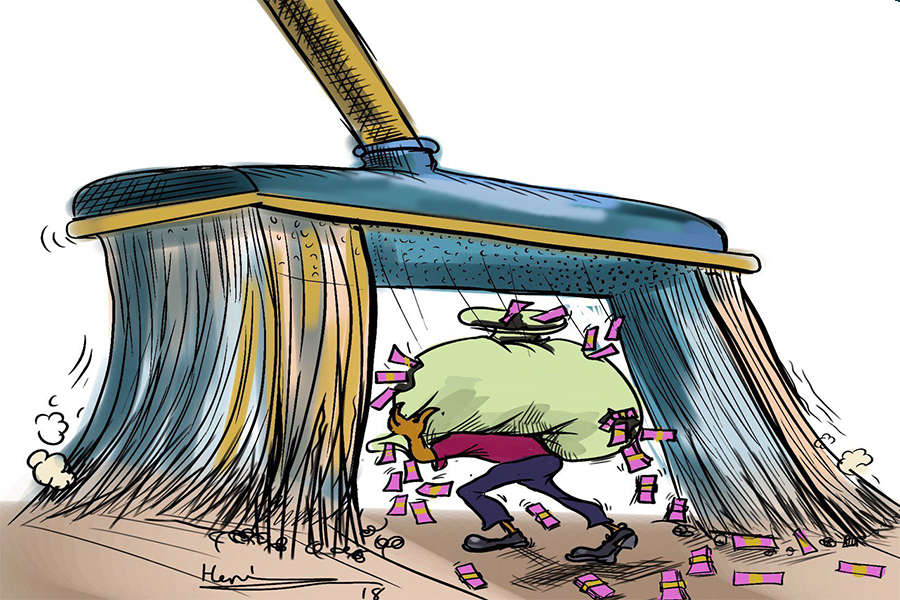
Oct 25 , 2025
The regulatory machinery is on overdrive. In only two years, no fewer than 35 new pro...
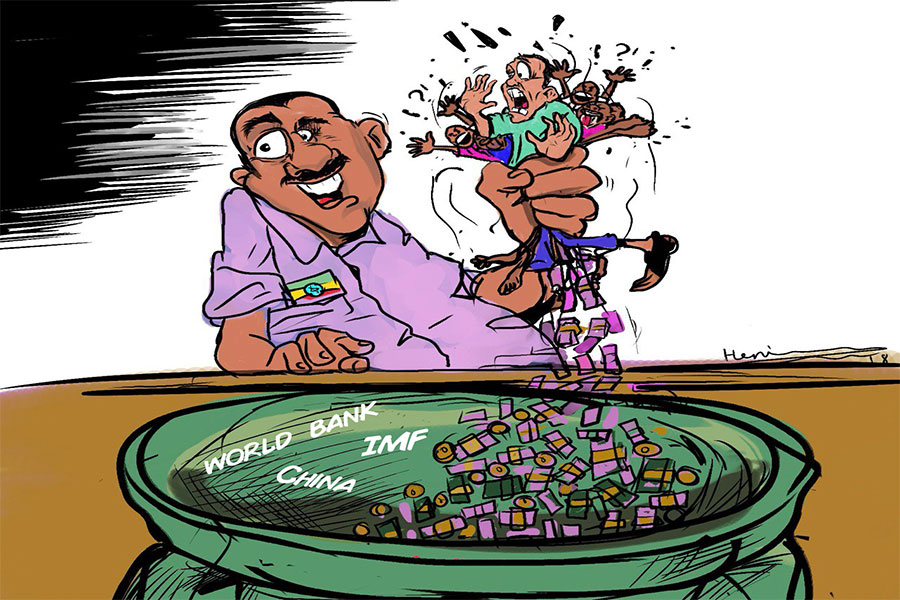
Oct 18 , 2025
The political establishment, notably the ruling party and its top brass, has become p...
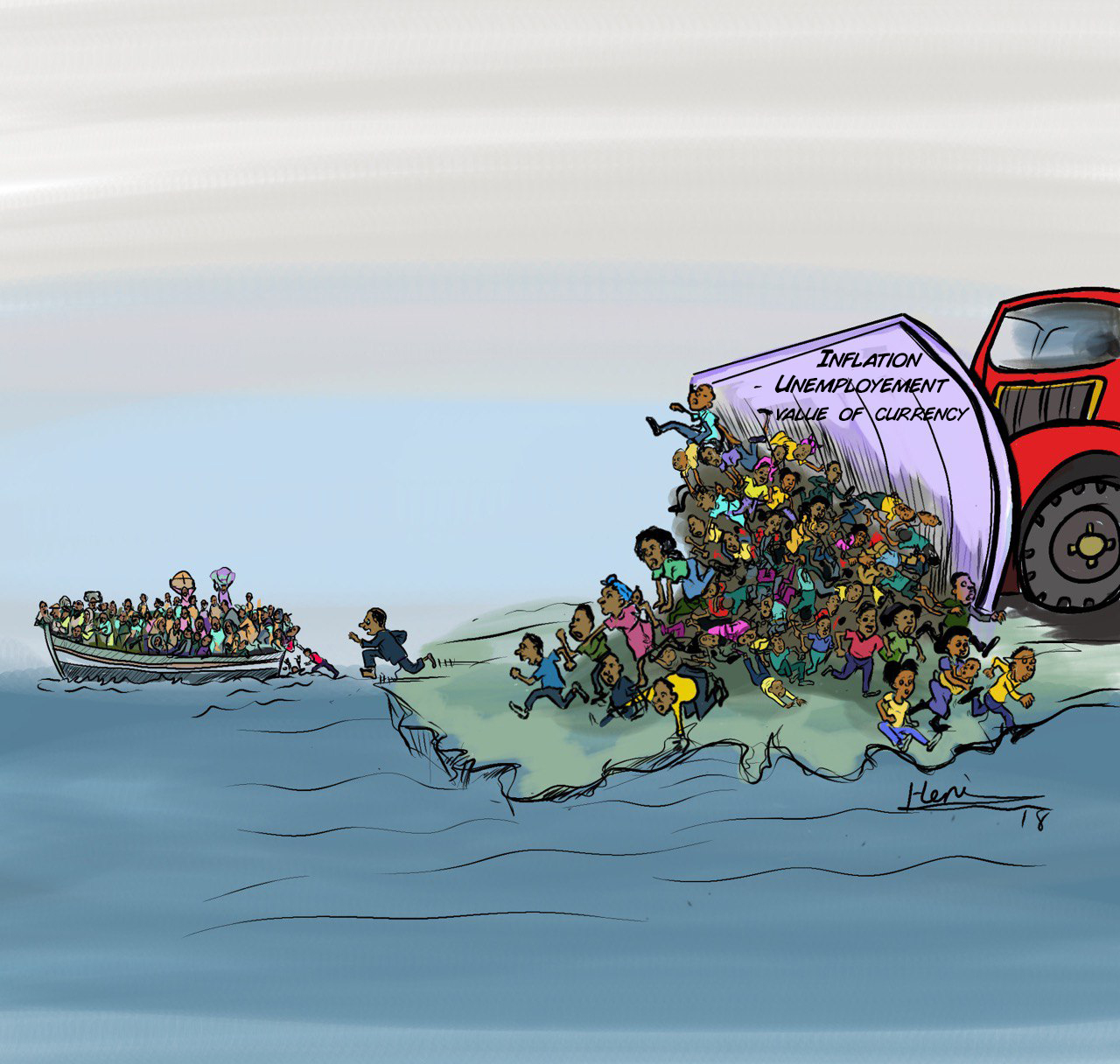
Oct 11 , 2025
Ladislas Farago, a roving Associated Press (AP) correspondent, arrived in Ethiopia in...
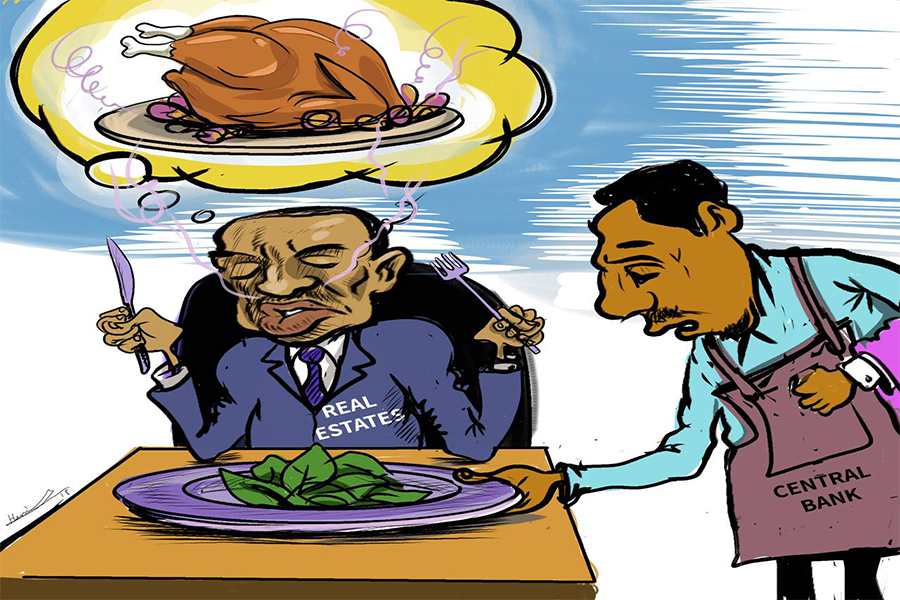
Oct 4 , 2025
Eyob Tekalegn (PhD) had been in the Governor's chair for only weeks when, on Septembe...